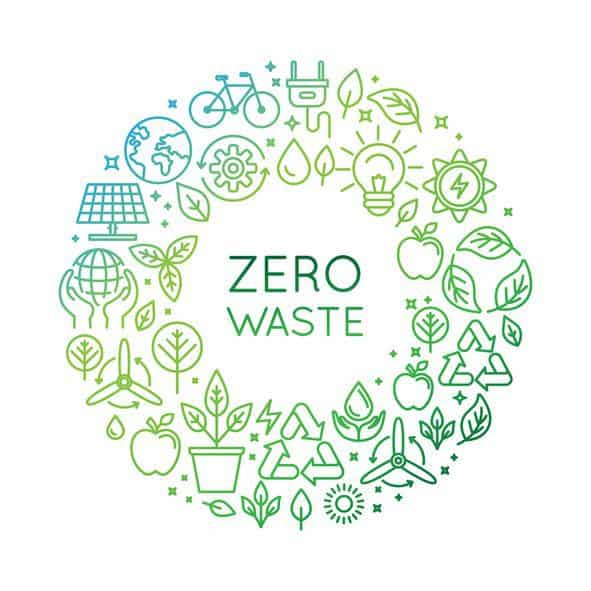
Before you throw something away do you consider whether or not it can be recycled or composted? If not, you could be a part of a growing problem. Here are a few ideas on how to transform your house into a zero waste household.
The Environmental Protection Agency says that the amount of municipal solid waste in America continues to rise. In 2010, it was discovered that Americans created 249.9 million tons of municipal solid waste, that’s an average of 4.43 pounds of waste per person per day. This means that the average household (with two adults and two children) places up to 124 pounds of trash on their curb every week. So what can Americans do to stop this trend?
The answer to less trash in landfills starts at home. Blogger Bea Johnson and her family are a great example. Over the past few years they have created a zero-waste household and now Ms. Johnson can boast that a year’s worth of solid waste produced by her family (including husband and her two sons) can fit in a quart-sized jar.
Are you looking to create a zero waste household? Here are some creative tips to help you get started:
- Clean creatively. To eliminate the amount of chemicals and plastic packaging used in your home try making your own all-purpose cleaner from ingredients in your pantry. Here are some of our own Mindful suggestions.
- Compromise on the toiletries. In the Johnson house they use handkerchiefs instead of tissues. They use toilet paper that is packaged in recyclable paper to avoid unwanted plastic.
- Equipped to shop. When the Johnson’s go shopping they remember to bring fabric totes, glass jars, and even pillow cases to hold their fruits and vegetables instead of the plastic produce bags. They buy their meat, cheese, and baked-goods fresh and put them in glass jars keep avoid unnecessary plastic and paper packaging.
- Compost! Reserving a spot in your backyard for composting not only reduces the amount of waste you throw away. Plus, it is also good for your garden.








